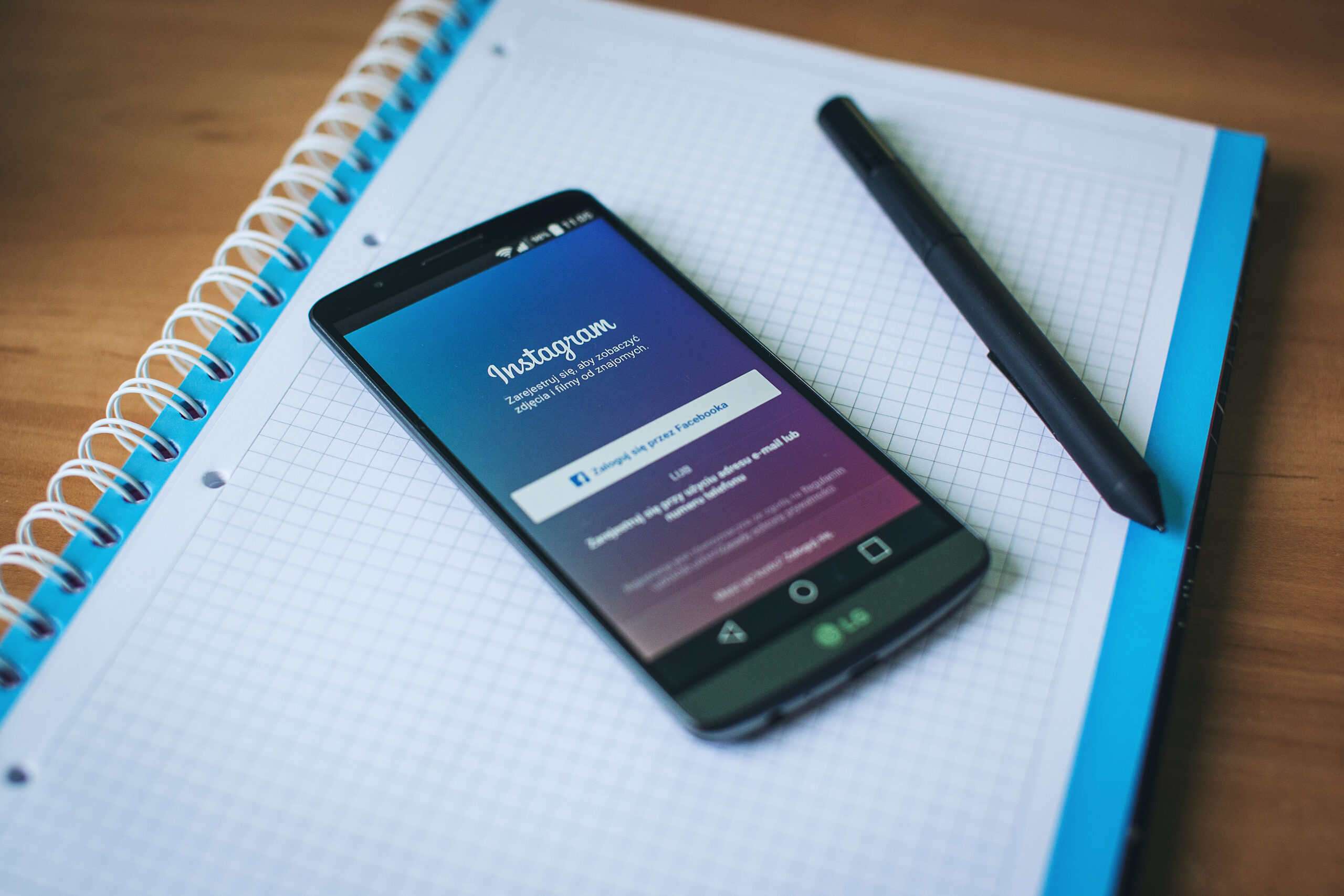How to Set Up Your Digital Legacy
Whenever you send emails, save images, videos, and documents to the cloud, or make a social media account or post to an existing one, you create digital assets.
Have you ever thought about what happens to those assets after you pass? Probably not. It’s hard enough to plan for our financial legacies. That’s why many people today are learning how to set up a digital legacy.
A digital legacy or digital estate plan spells out how to access your digital property and communications and what you want to be done with them if you become incapable of managing your assets or after you pass. Planning for digital estates is similar to setting up a will for tangible assets like your home, car, and retirement accounts. Granted, discussing death is never fun, but without a plan, your digital assets could be inaccessible and lost forever.
Make a List of All Online Accounts
The first step of digital asset estate planning is to conduct a digital asset inventory. Make a list of your digital assets along with how to access each one. Your digital estate planning checklist should include the following, but don’t list your passwords. You don’t want this list to fall into the wrong hands.
List all personal devices
- Desktop and laptop
- Smartphone and tablet
- External hard drives
- Flash drives
- Digital cameras
- Smart speakers
- Connected devices, including TVs, security systems, and appliances
List all online accounts
- Financial (bank or investment)
- Mortgage
- Utilities
- Shopping
- Photo and video sharing
- Online storage
- Email or communication (text messaging, chat rooms, Slack, WhatsApp)
List active social media accounts
- Facebook, LinkedIn, Instagram, Twitter
- YouTube
- Reddit, Quora
To handle legacy social media accounts, your designated power of attorney or beneficiary most likely will need to show evidence of your passing, like through an obituary or a copy of a death certificate. They will need to submit a written request for changes to the account. Some social media accounts can be deleted or memorialized, as is the case with Facebook and Instagram. Others including Twitter, Pinterest, Reddit, LinkedIn, and YouTube only allow for account deactivation or removal.
If you have numerous web pages it may help your digital executor(s) if you use bookmarks to organize those web pages by categories (like financial, shopping, utilities, and so forth).
Complete your list with instructions on how you want each of your digital assets managed to ensure your beneficiary understands want needs to be done. For example, you may want your email account archived, your bank account transferred to someone, and the data on your devices erased.
Designate a Digital Beneficiary
Once you have compiled the list of your digital assets and decided what you want to be done with them, you must now answer the questions, who do you want to have access to your online accounts? What do you want them to do with your accounts?
The Fiduciary Access to Digital Assets Act (revised) enacted by every state except California, Oklahoma, and Louisiana, provides executors, trustees, or a court-appointed person (conservator or fiduciary) the legal standing necessary to access your digital assets. Unfortunately, many accounts like social media and Gmail remain under the governance of that particular service’s privacy policy or terms of service that determine what should be done with your account upon your death.
Google has an Inactive Account Manager, which allows you to stipulate what you want to be done with your data, while Facebook offers you the option to select a Legacy Contact that can manage your account once you’re gone.
If you elect to designate a digital executor in your will, never include any access information like passwords, as your will becomes public upon your death, so anyone can read it, including sensitive information.
Managing a loved one’s Microsoft accounts is straightforward. Designating a beneficiary isn’t necessary to access Windows apps, documents, etc…, so there’s no need to contact Microsoft. However, programs, online storage, and documents/files may require a password (if password protected). If your beneficiary doesn’t know the account credentials, that account will automatically close after two years of inactivity. Apple, on the other hand, made things quite complicated until recently. If you’re an Apple user you can now select up to five people to be your digital beneficiaries who can access your iCloud account.
Share Your Digital Legacy Plan
Of course, you must safely store away your sensitive information and share the details of your digital legacy plan with those you want to help manage it. You can protect your personal data in a few ways such as in a locked file cabinet or safe, with an attorney, or a digital vault (online storage service) like Everplans. Regardless of where you store your information, you need to let someone you trust know where it is and how to access it.
Although talking about your own death with loved ones is difficult, it’s never too early to make your wishes known and to write out a will. Without either, you may leave behind a mess that no one can undo.










 Share On Twitter
Share On Twitter